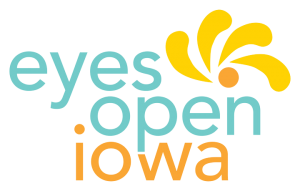Virtual Professional Development is a simulated classroom where teachers can practice teaching student avatars using short scenarios and support from an instructional coach, so they can quickly learn and master the skills they most need to be effective. With upper elementary, middle and high school classrooms, Virtual PD has scenarios for teachers of all grade levels across a wide range of topics aligned with the Professional Learning Standards for Sex Education (PLSSE). You can watch the video here to learn more about Virtual PD.
Using the Virtual Professional Development simulated classroom, the educator will practice Answering Difficult Questions about Sexuality with the student avatars. In this VPD scenario, the participant is teaching a group of five students about risk behaviors for transmission of STDs using three categories (High Risk, Low Risk and No Risk). Lots of questions arise as students try and determine which category certain behaviors fall into if one person has an STD. The educator will need to demonstrate the ability to effectively respond to three different types of challenging questions including students’ values-based questions. This scenario is available for high school, middle school and upper elementary students with varying questions depending on grade selected.




